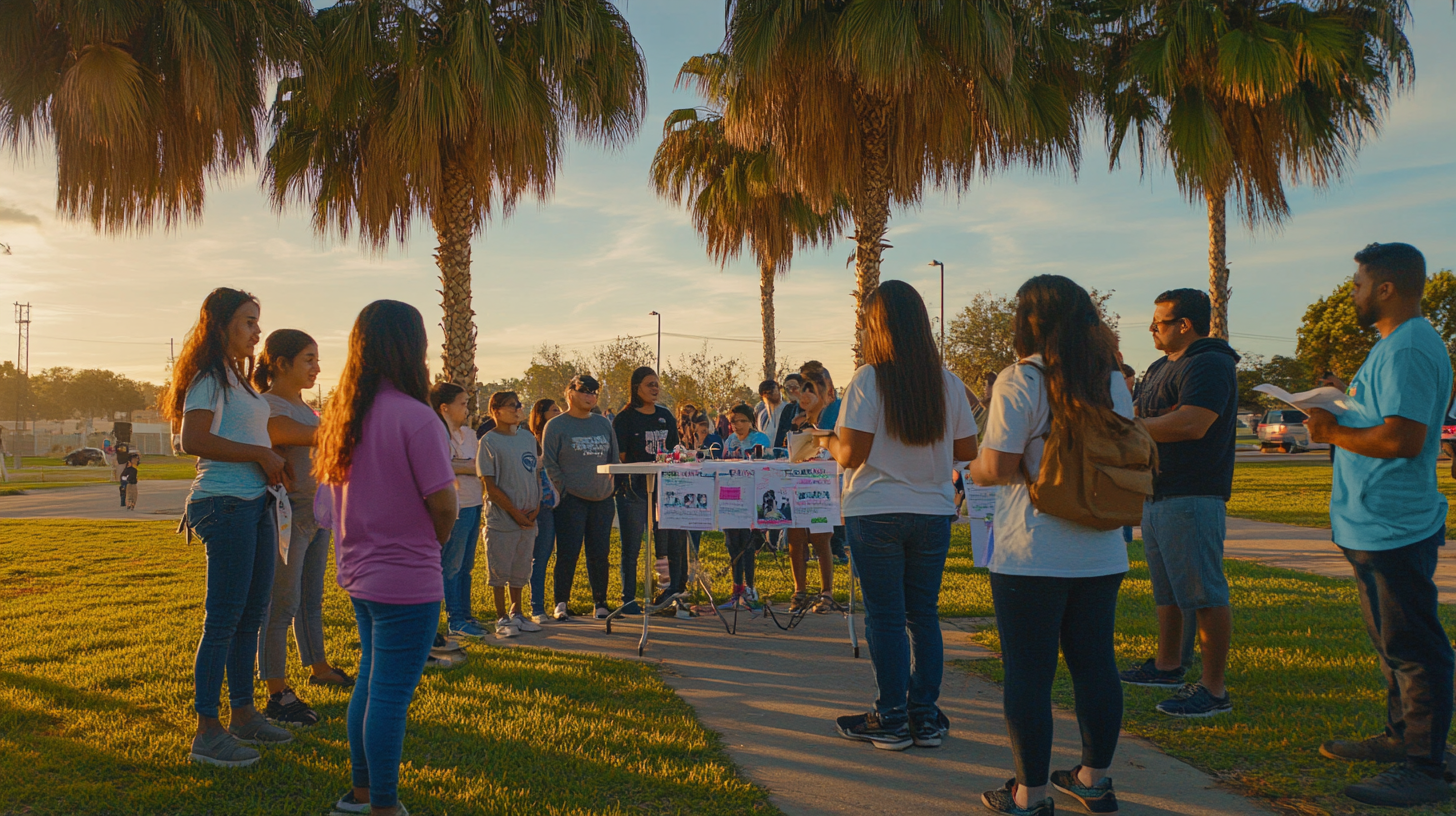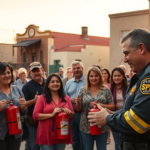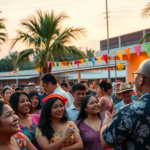Heart of the Valley: A Preteen’s Battle with Type 1 Diabetes
In the heart of the Rio Grande Valley, a region known for its vibrant community and rich cultural tapestry, a young girl’s bravery in facing the challenges of Type 1 Diabetes is shedding light on a condition that affects many families. Valentina Carmona, a 12-year-old from San Benito, represents the spirit of resilience that characterizes Valley residents. Her journey underscores the importance of community support and accessible healthcare resources for families dealing with chronic illnesses.
Valentina’s Diagnosis and Initial Struggles
Valentina was just nine years old when she was diagnosed with Type 1 Diabetes, a life-altering condition that would require diligent daily management. Her father, Kevin Carmona, recalls the initial signs that prompted concern, including frequent urinary tract infections, fatigue, and weight loss. “That’s when we took her to urgent care, and they found her sugar levels were alarmingly high,” Kevin shared. This revelation led to a whirlwind of emotions and questions for the Carmona family, marking the beginning of their journey with the disease.
The Role of the South Texas Juvenile Diabetes Association (STJDA)
In facing the challenges of managing Type 1 Diabetes, the Carmona family found solace and support in the South Texas Juvenile Diabetes Association (STJDA). Founded by Debra Franco, STJDA was born from a similar experience with her own child, and it has been instrumental in providing resources, education, and a sense of community to families across the Valley.
“Fourteen years later, we have nine programs that cater to families of children with diabetes,” Franco explains, emphasizing the organization’s dedication to addressing ongoing community needs. For families like the Carmonas, STJDA offers a lifeline, connecting them with other families and providing vital education on managing the condition.
Daily Life with Diabetes: Valentina’s Routine
Three years into her diagnosis, Valentina has adapted to a regimented schedule to manage her blood sugar levels effectively. Her day begins with a visit to the school nurse, where she inputs her carbohydrate intake into her insulin pump. This meticulous routine is critical to prevent dangerous spikes and lows in blood sugar. “It’s become part of my day—letting the nurse know when I’m low and adjusting as needed,” Valentina says with a maturity that belies her age.
Despite the challenges, Valentina maintains a positive outlook. Her message to newly diagnosed children is simple yet powerful: “Do not worry, and know that you are going to be okay.”
Community Resources and Support
Recognizing the importance of early detection and management, HEB and South Texas Health Systems have partnered to offer free glucose screenings throughout the month. These screenings are crucial in facilitating early diagnosis and intervention, aiming to serve as a preventative measure for the community at large.
For those interested in the screening schedule, detailed information is available on the South Texas Health Systems website. Residents can also reach out to their local STJDA chapter to learn more about ongoing programs and support groups in their area.
Importance of Support Systems and Community Awareness
Valentina’s story highlights a broader issue in the Rio Grande Valley: the need for comprehensive healthcare support and community awareness regarding chronic illnesses like Type 1 Diabetes. By sharing their story, the Carmonas hope to educate others and foster an environment where open dialogue about health challenges is encouraged. “Support from the community can make all the difference,” Kevin adds, emphasizing the collective responsibility to aid those facing similar battles.
For the Rio Grande Valley, building resilient support systems is as crucial as ever, especially as nearly half of National Weather Service offices are experiencing staffing shortages that could impact local forecasting and emergency preparedness. Similarly, the threat of flooding and its aftermath has prompted proactive measures, including Hidalgo County’s efforts to organize financial assistance events for storm victims.
Future Implications and Continued Advocacy
Looking ahead, the implications for the RGV community are significant. Continued advocacy and support can transform individual stories of struggle into powerful movements of change. For families like the Carmonas, the journey is ongoing, symbolizing both the hardships and the potential for overcoming them through community collaboration.
Efforts like those of the STJDA and the health screenings provided by regional partners reflect a commitment to fostering a healthier, more informed community. As more voices join this conversation, the hope is to reduce the stigma surrounding chronic illnesses and emphasize the value of prevention and early intervention.
In conclusion, Valentina’s story is a testament to the unwavering spirit of Valley residents and a call to action for ongoing community solidarity. As her journey continues, it serves as a poignant reminder of the collective strength found in shared experiences and the vital role of support networks in navigating life’s challenges.







